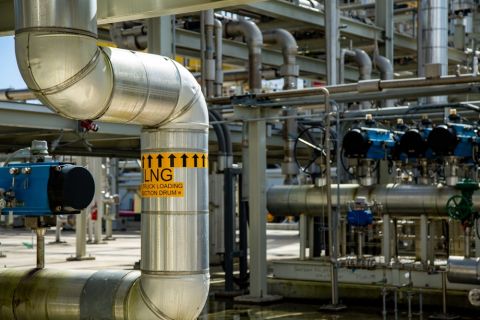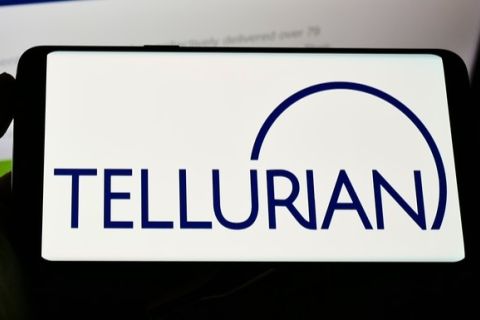Clean tech private equity investors continued to pump up the renewables energy sector, raising $542 million for Ascend Elements to accelerate the production of lithium-ion battery materials in the U.S.
Results of the latest funding round were announced this week by Massachusetts-based Ascend, which makes cathodes from spent lithium-ion batteries with a patented process called Hydro-to-Cathode direct precursor synthesis.
The company said it intends to combine the funds with about $480 million in grants from the U.S. Department of Energy to build the first commercial-scale, nickel manganese cobalt cathode precursor (pCAM) and cathode active material (CAM) manufacturing facility in the U.S. The facility will be located in Kentucky.
“Our sustainable lithium-ion battery materials will power EV [electric vehicle] batteries and accelerate the global transition to zero carbon emissions,” said Ascend Elements CEO Mike O’Kronley. “Together, we are investing in North America’s critical EV battery infrastructure and bringing good manufacturing jobs back to the United States.”
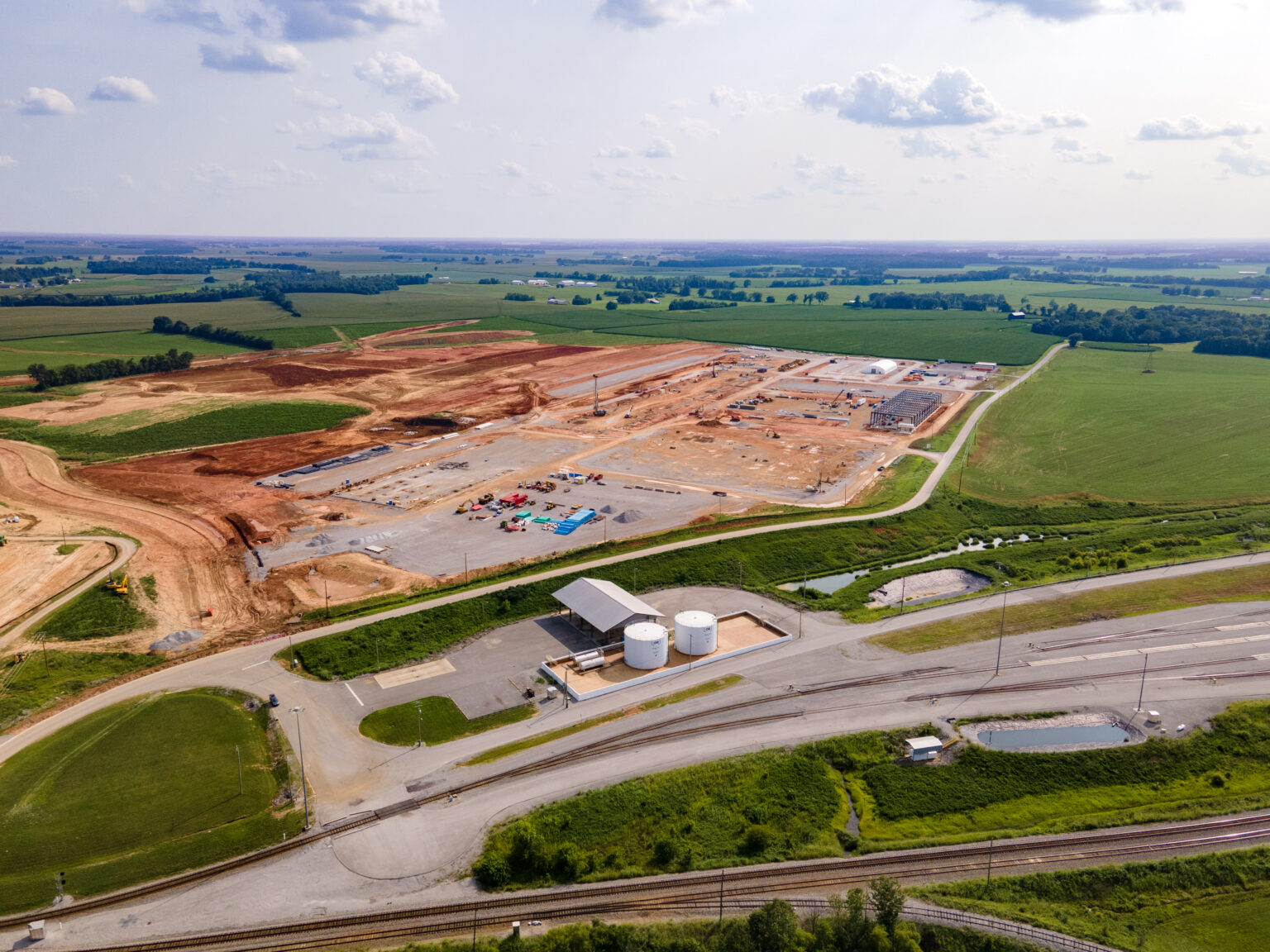
The U.S. is on a mission to boost domestic production of EV batteries and materials needed to to power the transition to lower carbon energy, while reducing its reliance on China. Incentives in the Bipartisan Infrastructure Law and Inflation Reduction Act (IRA) coupled with private sector investment have given birth to what is being called the Battery Belt—locations across the Midwest and South where lithium-ion battery factories are sprouting near vehicle manufacturing facilities.
Last week, lithium-ion battery recycler Redwood Materials said it raised more than $1 billion in its latest investment round to expand its battery recycling efforts in the U.S.
And instead of using pCAM and CAM materials sourced from mined metals in China, Ascend said in a news release its recycled battery materials perform “as well as similar materials made from virgin (or mined) sources while reducing carbon emissions by up to 93%.”
Ascend’s latest funding round, described by the company as “one of the largest U.S. cleantech equity private placements of 2023 to date,” was led by Decarbonization Partners, Singapore-based investment firm Temasek and Qatar Investment Authority. Goldman Sachs & Co. LLC acted as the sole placement agent on the Series D transaction.
The company already started construction of its Apex 1 facility and secured a $1 billion contract to supply sustainable pCAM to a U.S. customer starting in fourth-quarter 2024.
Here is a look at other renewable energy news.
Energy Storage
LS Energy Solutions, Gore Street Partner on Storage Project
LS Energy Solutions (LS-ES) will provide 200 megawatts (MW) of energy storage for the Big Rock storage project being developed in California by the Gore Street Energy Storage Fund, according to a Sept. 7 news release.
The planned deployment of 137 AiON-ESS units will mark LS-ES’ largest installation to date, the company said. Each unit, with a power rating of 1.5 MW, can store 3.5 megawatt-hours (MWh). The units include more than 1,300 of LS-ES’ modular 140 kVA AiON-SIS string inverters along with Tier-1 lithium-ion batteries.
“The Big Rock energy storage system is a major step forward for Gore Street Energy Storage Fund and for LS Energy Solutions,” said Steve Fludder, CEO and president of LS-ES. “GSF has amassed an impressive energy storage portfolio in the U.K., mainland Europe and the U.S., with assets in Texas and California.”
The company said it will also provide commissioning support and operational services, including capacity maintenance and system remote monitoring.
Big Rock, which will be operated at 100 MW of deliverability to supply 400 MWh, is expected to start operations in the second half of 2024. The system is located in southern California’s Imperial County.
Apex Clean Energy, Ingka Partner on 16.4-MW Storage Project in Texas
Apex Clean Energy partnered with Ingka Investments, the investment arm of IKEA retailer Ingka Group, on a 16.4-MW storage project that will connect to the Texas power grid, the renewable energy company said Sept. 6.
Called Cameron Storage, the standalone lithium-ion battery project will be co-located with the Ingka Investments-owned, Apex-managed 165-MW Cameron wind farm in Cameron County, Texas.
“For more than a decade, IKEA has charted the course for the corporate sector in investing in clean energy solutions, and today, Cameron Storage builds on that record of leadership,” Apex Clean Energy CEO Ken Young said in a news release. “Utility-scale energy storage unlocks the full potential of clean power to decarbonize our economy while providing increased reliability and certainty for our electric grid.”
The battery project, which is set to start operations in the coming weeks, is expected to help provide reliable energy amid fluctuating supply and demand.
The Electric Reliability Council of Texas (ERCOT), which runs most of the Texas power grid, has faced tight grid conditions this summer as high temperatures drive energy demand to record levels. The conditions prompted ERCOT on several occasions to issue public requests to conserve electricity use amid low operating reserves.
The energy storage project marks the latest in several renewable energy projects jointly developed by Ingka and Apex. It is the duo’s first energy storage project. Worley is providing engineering, procurement and construction services for the project, while Powin is serving as the equipment vendor, Apex said in the release.
The energy storage project is part of a €6.5 billion (US$7billion) initiative to boost renewable energy consumption to 100% across IKEA’s value chain, the release stated. Ingka Investments has invested and committed more than €3.5 billion (US$4 billion) into renewable energy projects.
“This is an important step in our journey towards becoming climate positive,” said Peter van der Poel, managing director at Ingka Investments. “Going forward, we aim to invest in a mix of wind, solar and energy storage. Investing in all three technologies will help to provide renewable energy during more hours of the year and optimize the use of our grid connections.”
Hydrogen
TES, Osaka Gas Team Up to Develop e-NG
Europe-based TES said Sept. 4 it has entered an agreement with Osaka Gas UK to collaborate on developing the electric natural gas (e-NG) value chain and conduct joint e-NG studies.
E-NG is defined by TES as a synthetic methane produced through a methanation process using green hydrogen and recycled CO2. TES Co-founder and CEO Marco Alverà considers e-NG, also called e-methane since natural gas is its main component, “an essential piece of the puzzle in the scale-up of renewable energy production and reaching carbon neutrality.”
TES said the companies plan to promote e-NG’s value and advantages as a green hydrogen energy carrier and work with governments to establish international rules and systems to support the commercialization of e-NG.
Japan’s JFE to Convert Kawasaki Site into Hydrogen Base
Japan’s JFE Holdings Inc. said on Sept. 7 it will shut a blast furnace at its Keihin plant in Kawasaki, near Tokyo, on Sept. 16 and convert the site into a supply base of hydrogen and a cluster of research and development centers for next-generation technologies.
Japan’s second-biggest steelmaker announced the plan to close the blast furnace in 2020 as part of its restructuring to reflect falling local demand in the aging society and intensify competition with Chinese rivals.
The planned shutdown will reduce the number of its domestic blast furnaces to seven, trimming its capacity of crude steel output by 4 million metric tons or 13%.
The steelmaker will keep some of the production facilities such as plate mills, but will work with the Kawasaki city government and other companies that have facilities in nearby regions to make the industrial site into an area that will lead Japan's push to build supply chains of carbon-neutral energy, Makoto Iwayama, senior vice president of JFE, told reporters.
Solar
Shell Signs PPA For Energy from German Solar Park
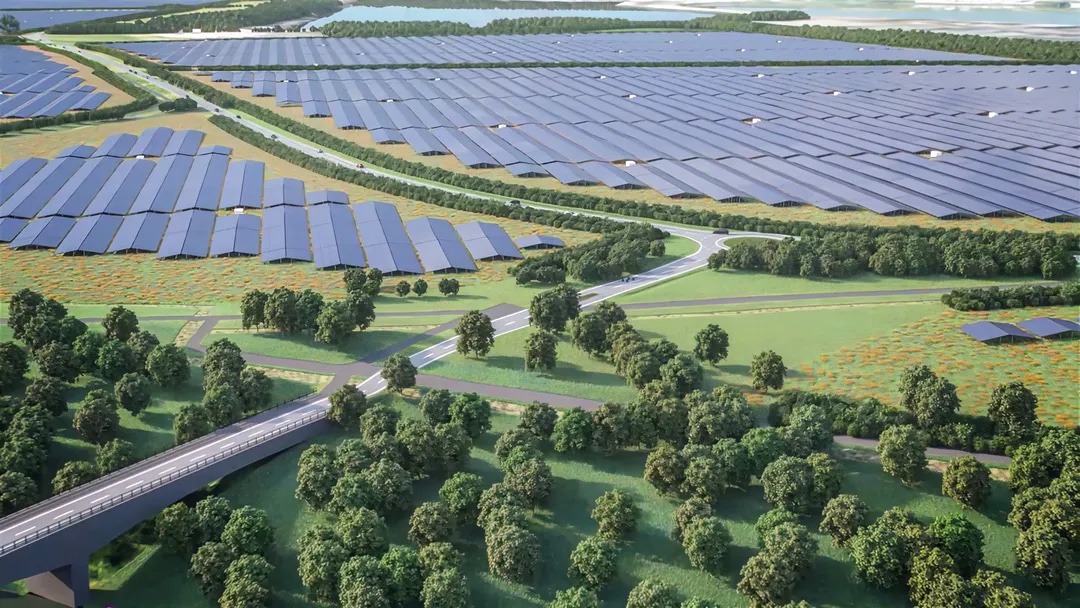
Shell Energy Europe Ltd. said on Sept. 7 it has signed a 15-year power purchase agreement (PPA) for solar power from Witznitz Energy Park, the largest solar project being developed in Germany.
The PPA with asset owner HANSAINVEST Real Assets is for 600 MW of capacity, Shell said in a news release. The energy company said it will sell 323 MW to Microsoft Corp. as part of a separate agreement. Both companies are working toward net-zero ambitions. Microsoft has committed to a 100% supply of renewable energy by 2025, while Shell is targeting net-zero emissions by 2050.
“We are continuing to strengthen our low-carbon power portfolio,” Tom Summers, European vice president at Shell Energy Trading, said in the release. “Solar power purchase agreements enable us to combine our strengths in power trading and optimization with our existing customer relationships to deliver more value with less emissions.”
The solar project, being constructed by Move On Energy at the former site of a coal mine near Leipzig, is expected to start generating electricity by year-end 2023.
US Solar Power Capacity to Expand by Record 32 GW in 2023
The U.S. solar industry expects to add a record 32 GW of production capacity this year, up 53% on new capacity in 2022 and helped by investment incentives under the IRA, according to a Sept. 7 report.
The report by the Solar Energy Industries Association (SEIA) and Wood Mackenzie estimated total operating solar capacity would grow from 153 GW currently to 375 GW by 2028 as supply chain challenges brought on by the COVID-19 pandemic and restrictive trade policies abate.
Increased investment in domestic manufacturing could see U.S. solar module production grow tenfold by 2026 if all new factory plans materialize, Wood Mackenzie said.
“In the year since its passage, the IRA (Inflation Reduction Act) has undoubtedly caused a wave of optimism across the solar industry,” said Michelle Davis, head of global solar at Wood Mackenzie.
The Biden administration’s 2022 Inflation Reduction Act allocates about $370 billion toward climate change and clean energy efforts, including incentives aimed at promoting solar and wind power.
“Announcements for domestic module manufacturing have exploded, promising more stable solar module supply in the future. Now the challenge becomes implementation,” Davis added.
RELATED
ET Solar Rebrands As EliTe Solar
Wind
Equinor Acquires Wind Farm in Poland
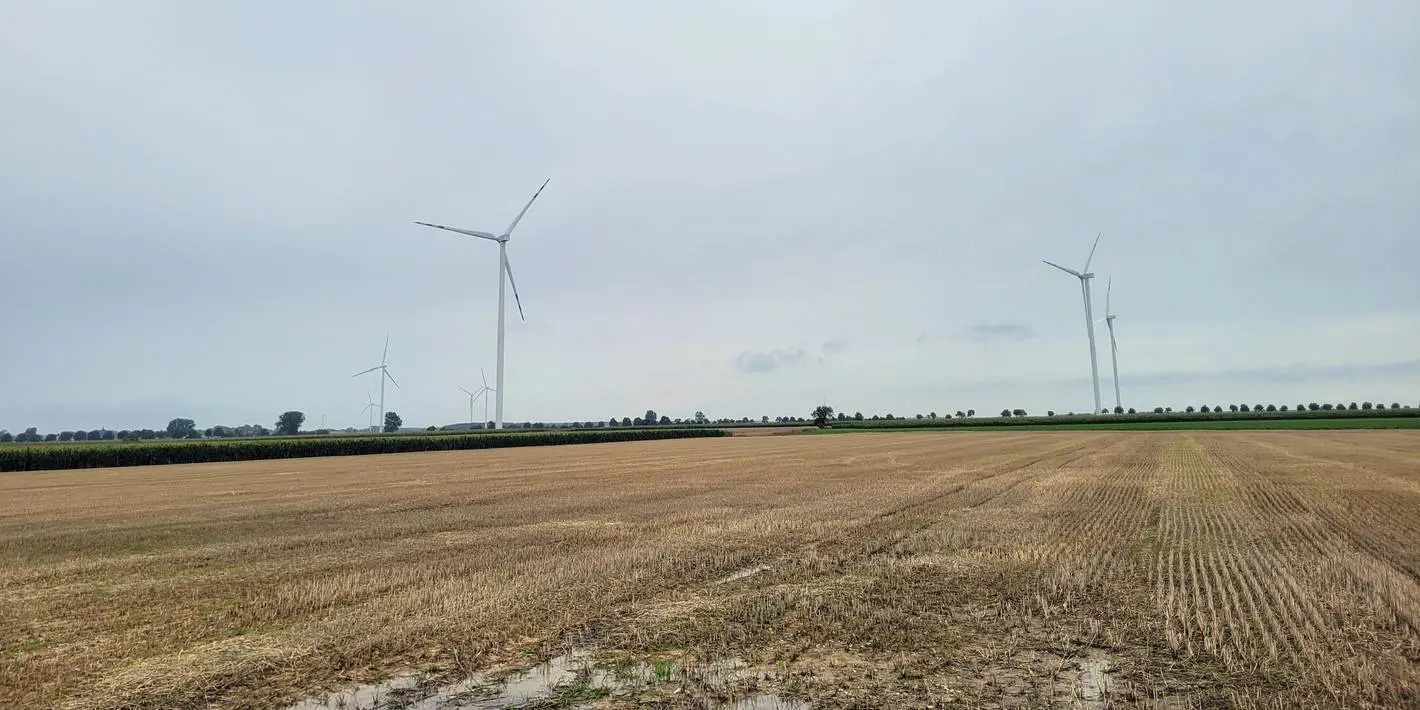
Equinor said Sept. 6 it has acquired the 26-MW Wilko wind farm in Poland from the Helios Group, adding production and cash flow.
Located in Poland’s Wielkopolska province, the wind farm has an annual production of about 105 gigawatt-hours, which Equinor said is equivalent to the electricity consumption of about 50,000 Polish households. The wind farm will be operated by Equinor subsidiary Wento.
“By adding onshore wind to Wento’s portfolio of operated assets, we transform Wento into a multi-tech power producer,” Olav Kolbeinstveit, senior vice president for onshore and markets within Renewables at Equinor, said in a news release.
Power produced at the wind farm will be managed in the Polish market by Equinor’s energy trading house Danske Commodities, Equinior said.
Djibouti Boosts Domestic Power with 60-MW Wind Farm
Djibouti launched a 60-MW wind farm on Sept. 8, increasing the Horn of Africa country’s power production by almost 50% and reducing its heavy reliance on imported electricity.
The $122 million Red Sea Power (RSP) wind farm near Lake Goubet, which was announced in 2020, will avert 252,500 tonnes of CO2 emissions annually, according to the consortium of investors that includes the Africa Finance Corporation, the Dutch entrepreneurial development bank (FMO) and blended finance firm Climate Fund Managers.
Local power generation for Djibouti’s 1.1 million people has until now been entirely generated by burning fossil fuels, with 60% to 80% of consumed power sourced from neighboring Ethiopia.
“The new plant will play a pivotal role in the battle against climate change,” said Samaila Zubairu, president of the Africa Finance Corp.
The electricity generated is to be sold under a long-term power purchase agreement to Electricite de Djibouti (EDD), the national state-owned utility.
The investment consortium has agreed to finance a further 45 MW expansion of the wind farm, and Zubairu told Reuters he believed the site had the potential to produce 300 MW.
Hart Energy Staff and Reuters contributed to this report.
Recommended Reading
Flame Acquisition Holders Approve Merger with Sable Offshore
2024-02-14 - The business combination among Flame Acquisition Corp., Sable Offshore Holdings and Sable Offshore Corp. will be renamed Sable Offshore Corp.
Battalion in Compliance with NYSE American after 2023 Meeting
2024-02-13 - Previously, Battalion Oil was not in compliance with the NYSE after failing to hold an annual meeting of stockholders during the fiscal year ending Dec. 31.
JMR Services, A-Plus P&A to Merge Companies
2024-03-05 - The combined organization will operate under JMR Services and aims to become the largest pure-play plug and abandonment company in the nation.
New Fortress Energy Sells Two Power Plants to Puerto Rico
2024-03-18 - New Fortress Energy sold two power plants to the Puerto Rico Electric Power Authority to provide cleaner and lower cost energy to the island.
Tellurian Executive Chairman ‘Encouraged’ by Progress
2024-03-18 - Tellurian announced new personnel assignments as the company continues to recover from a turbulent 2023.





